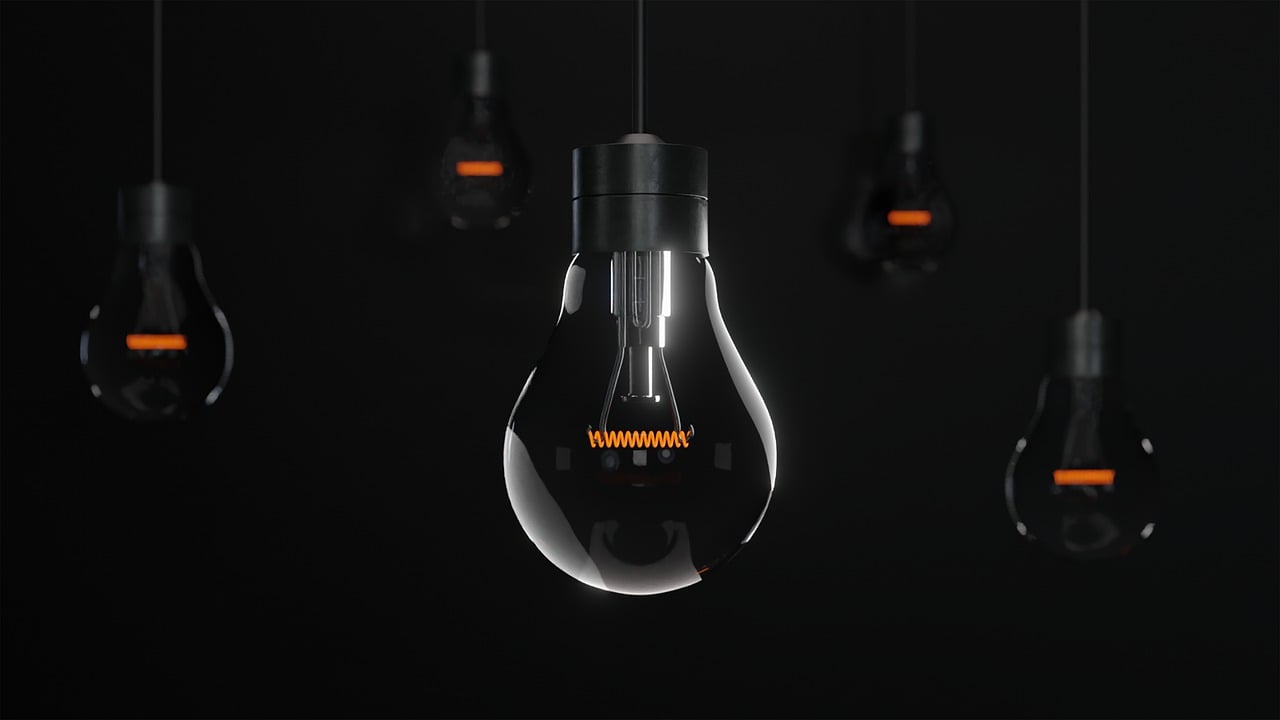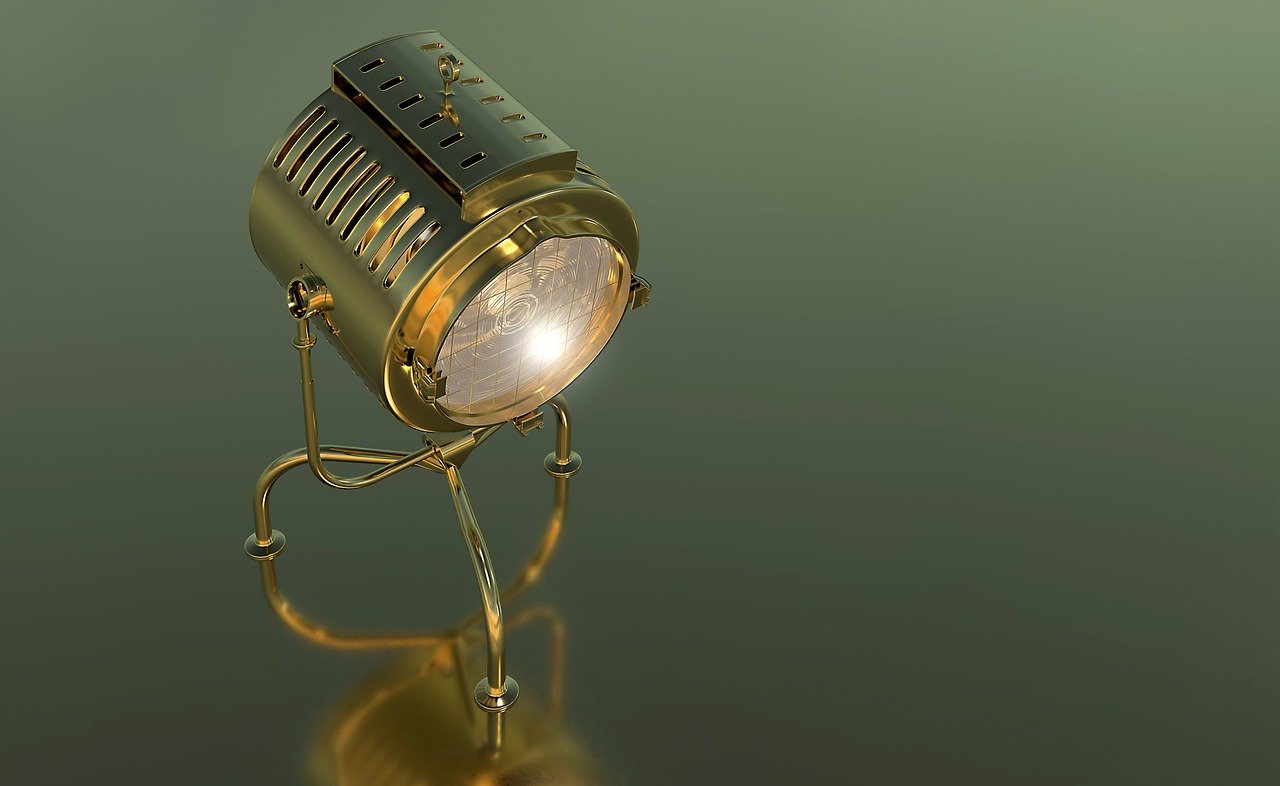- Product Knowledge
What are the Three Types of Illumination?
Proper lighting is essential for creating a functional and aesthetically pleasing environment. Understanding the three main types of illumination—general illumination, functional lighting, and accent lighting—can help you design a space that meets your needs and enhances your overall experience. This article will explore these three types of illumination, their purposes, and how they can be effectively combined to create a well-lit and inviting space.
Importance of Proper Illumination
Proper illumination is crucial for creating a comfortable and functional environment. It enhances visibility, sets the mood, and highlights architectural features and decor elements. Good lighting design can transform a space, making it more inviting and enjoyable.
How Illumination Enhances Spaces
The type and quality of illumination in a space can affect everything from productivity and mood to safety and security. Different types of lighting serve specific purposes, and using them strategically can improve the overall experience within a space. Whether it’s a cozy living room, a bustling office, or an outdoor garden, the right illumination can make all the difference.
General Illumination

Definition and Purpose
General illumination, also known as ambient lighting, provides overall illumination for a space. It ensures that the entire area is evenly lit, allowing people to move around safely and comfortably. This type of lighting serves as the primary source of light in a room, creating a base level of illumination.
Best Uses for General Illumination
General illumination is best used in spaces where uniform illumination is needed, such as living rooms, bedrooms, kitchens, and offices. It sets the foundation for a well-lit environment and can be supplemented with other types of lighting to enhance functionality and aesthetics.
Types of General Light Fixtures
Common fixtures for general illumination include ceiling-mounted fixtures, chandeliers, recessed lights, and wall-mounted fixtures. These fixtures are designed to provide broad, even illumination that covers the entire space.
Functional Lighting

Definition and Purpose
Functional lighting, also known as task lighting, is focused lighting that helps perform specific tasks requiring more light, such as reading, cooking, or working. It provides additional illumination where it is needed most, reducing eye strain and increasing efficiency.
Best Uses for Functional Lighting
Functional lighting is ideal for areas where detailed activities are performed, such as desks, kitchen countertops, and reading nooks. It ensures that these areas are well-lit, making tasks easier and more comfortable to complete.
Types of Functional Light Fixtures
Fixtures commonly used for functional lighting include desk lamps, under-cabinet lights, pendant lights, and adjustable floor lamps. These fixtures are designed to provide focused, direct light that enhances visibility for specific activities.
Accent Lighting
Definition and Purpose
Accent lighting is used to highlight specific features or objects within a space, such as artwork, architectural details, or decorative elements. It adds drama and visual interest, drawing attention to the highlighted areas.
Best Uses for Accent Lighting
Accent lighting is best used in areas where you want to create focal points or emphasize particular features. It can be used in living rooms, galleries, museums, and outdoor landscapes to highlight statues, plants, or water features.
Types of Accent Light Fixtures
Common fixtures for accent lighting include track lights, wall-mounted fixtures, spotlights, and recessed directional lights. These fixtures are designed to provide focused illumination that enhances the visual appeal of specific elements.
Combining the Three Types of Illumination
Combining general, functional, and accent lighting can create a balanced and visually appealing lighting design.
Creating Layered Lighting
Layered lighting involves using a combination of general, functional, and accent lighting to create a well-rounded lighting scheme. This approach ensures that all areas of a space are adequately illuminated and visually interesting.
Enhancing Functionality and Aesthetics
Combining different types of illumination can enhance both the functionality and aesthetics of a space. It allows you to address various lighting needs while creating a cohesive and attractive environment.
Practical Tips for Combining Lighting Types
When combining lighting types, consider the placement and intensity of each light source. Aim for a balanced approach that highlights key areas while providing sufficient general illumination. Use dimmers and adjustable fixtures to create flexibility and control over the lighting levels.
Case Studies and Examples
Exploring real-world examples of successful lighting projects can provide inspiration and insight into the benefits of proper illumination.
Residential Lighting Success Stories
Many homeowners have successfully used a combination of general, functional, and accent lighting to enhance their living spaces. Examples include using recessed lighting for general illumination, pendant lights for kitchen tasks, and wall sconces to highlight artwork.
Commercial Lighting Success Stories
Businesses have also benefited from strategic lighting design. Offices, for example, use general lighting for overall workspace illumination, desk lamps for functional lighting, and track lighting to highlight key areas or products.
Public and Urban Lighting Projects
Public spaces and urban areas have successfully used different types of illumination to enhance safety, security, and aesthetic appeal. Examples include street lighting for general safety, spotlights to highlight landmarks, and decorative lighting to create a welcoming atmosphere.
Frequently Asked Questions
General illumination provides overall illumination for a space, ensuring that it is evenly lit. Functional lighting, on the other hand, provides focused light for specific tasks, such as reading or cooking.
Accent lighting highlights specific features or objects, adding drama and visual interest to your space. It can be used to draw attention to artwork, architectural details, or decorative elements.
Yes, there are energy-efficient options for all types of lighting, including LED lights and CFLs. These options provide excellent illumination while using less energy than traditional lighting solutions.
Combining different types of lighting creates a well-rounded lighting scheme that enhances both functionality and aesthetics. It ensures that all areas of a space are adequately illuminated and visually appealing.
Choosing the right lighting for your home involves assessing your lighting needs, considering the function of each space, and selecting fixtures that provide the appropriate type of illumination. Combining general, functional, and accent lighting can create a balanced and inviting environment.
Understanding the three types of illumination—general illumination, functional lighting, and accent lighting—can help you design a space that meets your needs and enhances your overall experience. By combining these lighting types strategically, you can create a well-lit, functional, and visually appealing environment.



